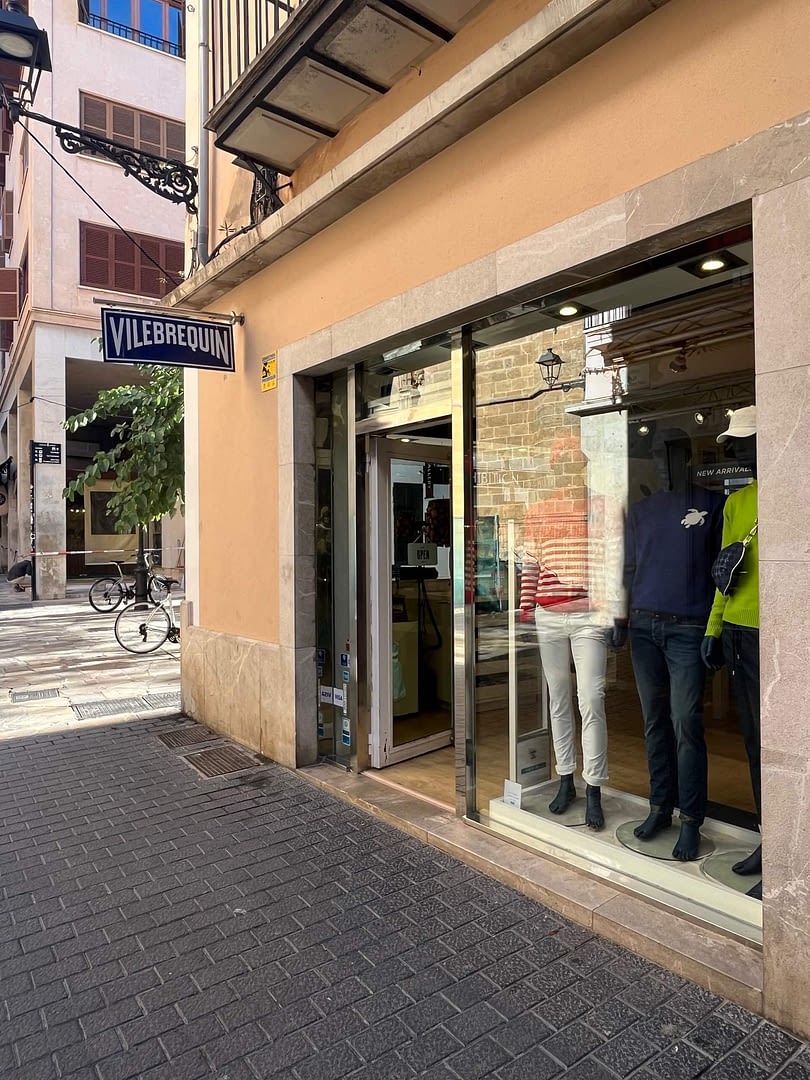Discovering the World of Spanish Tapas: A Beloved Tradition
When it comes to Mediterranean cuisine, few experiences capture the essence of Spain quite like tapas. These small, flavorful dishes embody Spain’s rich cultural and culinary heritage, offering a way to explore diverse flavours and socialize with friends. But what exactly are tapas? How did they originate, and why have they become so popular in Spain and beyond? Let’s dive into the delicious world of tapas and explore their unique place in Mediterranean culture.
The History of Tapas: From Simple Snacks to a Cultural Phenomenon

The origins of tapas are shrouded in folklore, with many stories tracing back to medieval Spain. One popular legend suggests that tapas were originally small slices of bread or meat used to cover a glass of wine, protecting it from dust and flies. The word “tapas” itself comes from the Spanish verb “tapar,” meaning “to cover.” As time passed, these simple covers evolved into a variety of small dishes meant to complement the drink.
Another theory suggests that King Alfonso X of Castile, known as “El Sabio” (The Wise), decreed that taverns should serve food with alcohol to prevent public drunkenness. Whether a royal edict or a practical solution to keep out flies, tapas quickly became a staple in Spanish culture, gradually evolving into a culinary art form.
What Are Tapas?
Tapas are more than just appetizers; they represent a style of eating that emphasizes variety, sharing, and community. Typically served in small portions, tapas can range from simple olives or nuts to more elaborate dishes like garlic shrimp (gambas al ajillo), Spanish omelette (tortilla española), and patatas bravas (fried potatoes with spicy sauce). The variety is endless, and that’s what makes tapas so delightful.
In Spain, the tradition of “tapeo” (going out for tapas) is an integral part of social life. Friends and family gather in bars, hopping from one place to another, trying different dishes and enjoying the vibrant atmosphere. This communal way of eating and sharing food is deeply rooted in Spanish culture and is a big reason for the popularity of tapas.
Why Are Tapas So Popular in Spain and Beyond

Tapas have transcended Spanish borders, gaining popularity in many Mediterranean countries and beyond, thanks to their versatile nature and the social aspect they bring to dining. They allow people to taste multiple dishes without committing to a single large meal, making them perfect for those who love variety.
In Spain, tapas are not just food; they are a social event. The act of sharing small dishes encourages conversation and connection. This tradition is a testament to the Mediterranean way of life, which values relaxation, socializing, and savouring good food and wine. Click here to find out why Spain is the healthiest country in the world.
Tapas Around the Mediterranean
While tapas originated in Spain, other Mediterranean countries have their versions of small plates that serve similar social functions.

- Greece: In Greece, the equivalent of tapas is called “meze.” Meze dishes are typically served with ouzo (a Greek spirit) or wine and include plates like tzatziki (yogurt and cucumber dip), dolmades (stuffed grape leaves), and grilled octopus. The focus is on fresh, local ingredients with a mix of creamy, tangy, and savoury flavours.
- Italy: Italian “aperitivo” culture is similar, featuring small bites known as “cicchetti” in Venice or “antipasti” in other regions. These dishes often include cured meats, cheeses, olives, and bruschetta. Aperitivo is about more than just the food; it’s a moment to unwind with a spritz or a glass of wine.
- Turkey: Turkish meze is another close relative, with dishes like hummus, baba ganoush, and sigara böreği (fried cheese rolls) served alongside raki (an anise-flavoured spirit). Turkish meze emphasizes bold spices, yogurt-based dips, and a variety of vegetable dishes.
Despite their differences, all these Mediterranean small plates share a common thread: they are designed to bring people together, encourage conversation, and celebrate the joy of eating.
Classic Tapas Dishes
Tapas have evolved over the years, but some classic dishes have remained popular staples:
- Patatas Bravas: Fried potatoes with a spicy tomato sauce or aioli.
- Gambas al Ajillo: Shrimp cooked in garlic and olive oil, often with a hint of chilli.
- Jamón Ibérico: Thinly sliced, cured Iberian ham served with bread or on its own.
- Tortilla Española: A Spanish omelette made with potatoes, onions, and eggs.
- Croquetas: Fried croquettes filled with ham, cheese, or seafood.
While traditional tapas remain beloved, modern twists have emerged, reflecting contemporary tastes and dietary preferences. Today, you can find tapas with global influences, including vegetarian, vegan, and fusion variations.
Look here for an extensive list of some of the most popular tapas dishes.
The Evolution of Tapas
In recent years, tapas have embraced innovation, with chefs experimenting with new ingredients and presentation styles. Restaurants now serve tapas that blend traditional Spanish flavours with international influences, creating a dynamic and ever-evolving food scene. From upscale tapas bars in Madrid to local spots in Barcelona, the tapas experience continues to change while staying true to its roots of sharing and community.
Summary
Tapas are more than just a meal; they are an experience that embodies the spirit of the Mediterranean lifestyle. Whether you’re enjoying traditional Spanish tapas or exploring variations across the Mediterranean, these small plates offer a delightful way to connect, share, and savour the rich tapestry of Mediterranean flavours.







